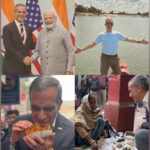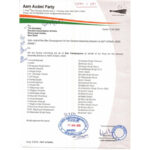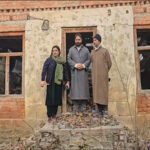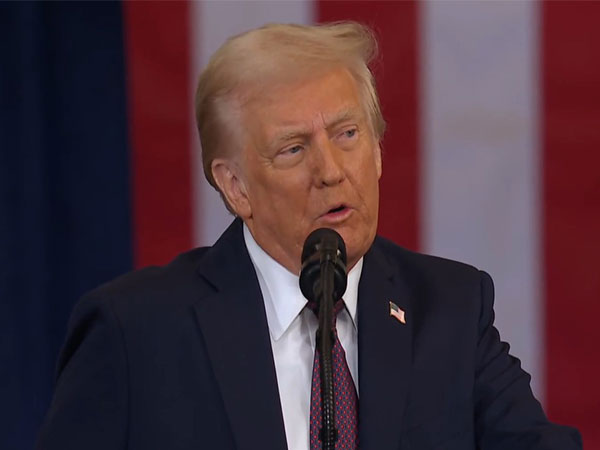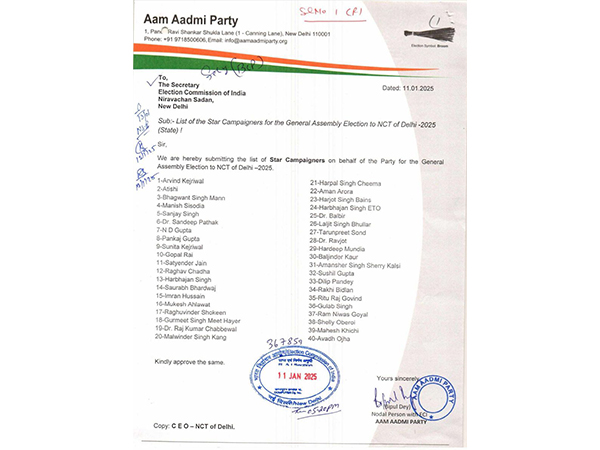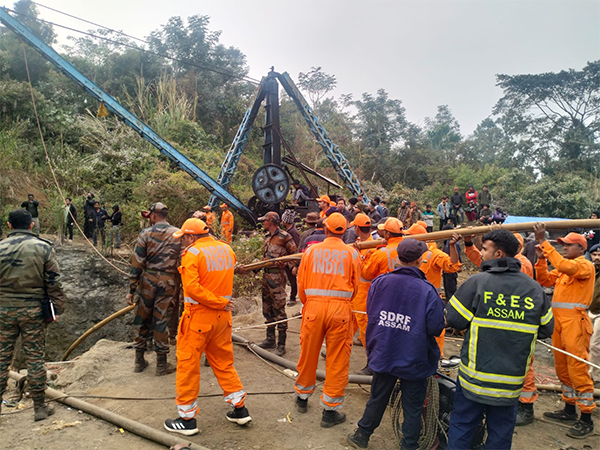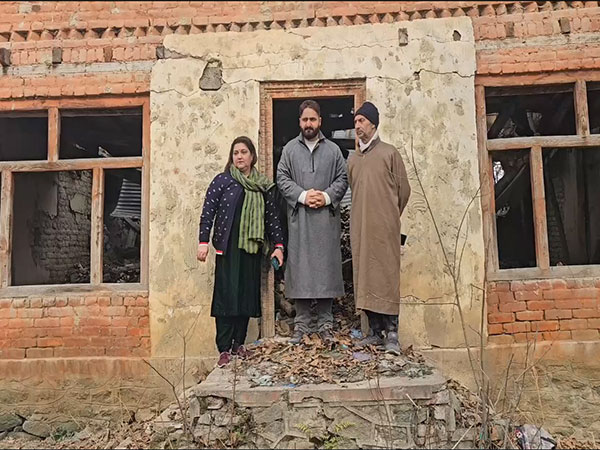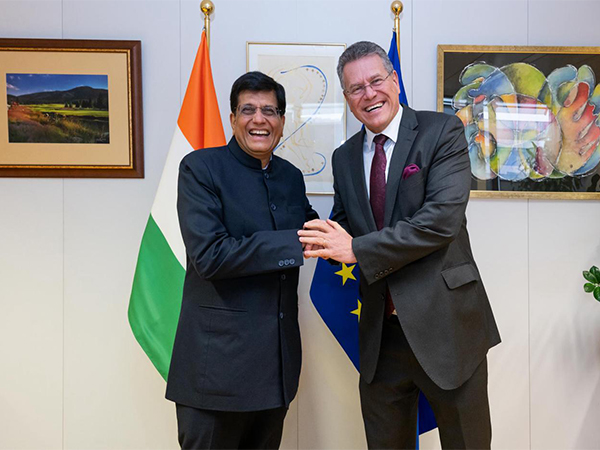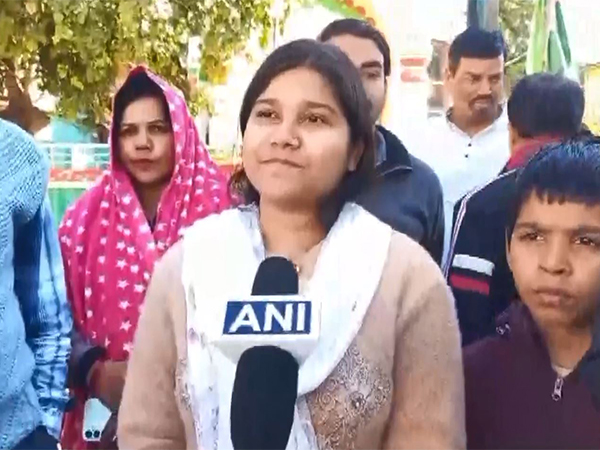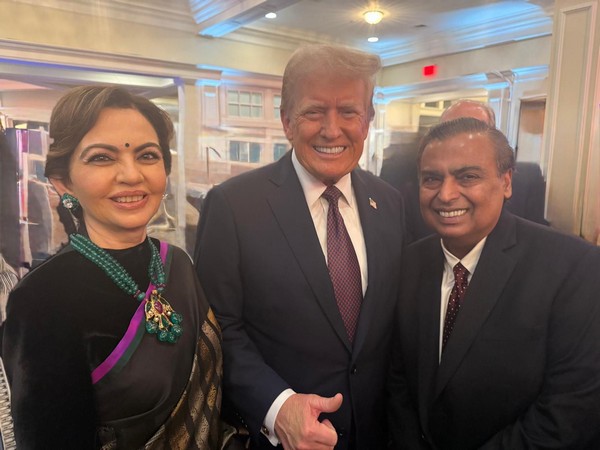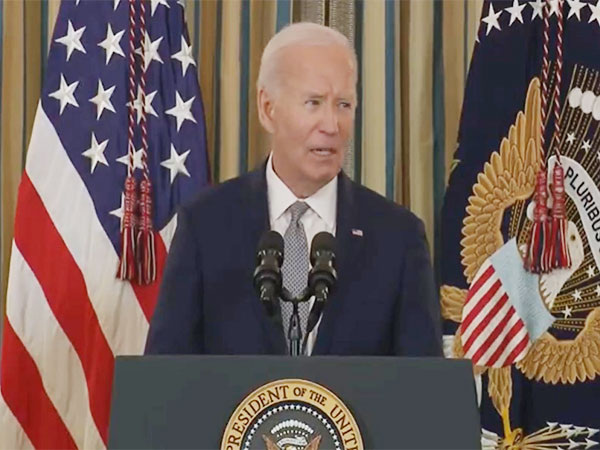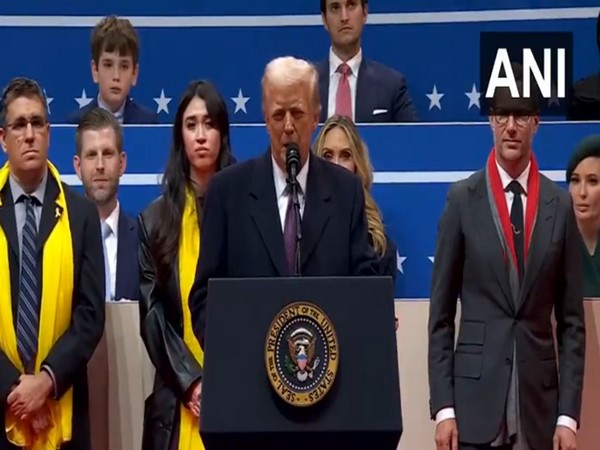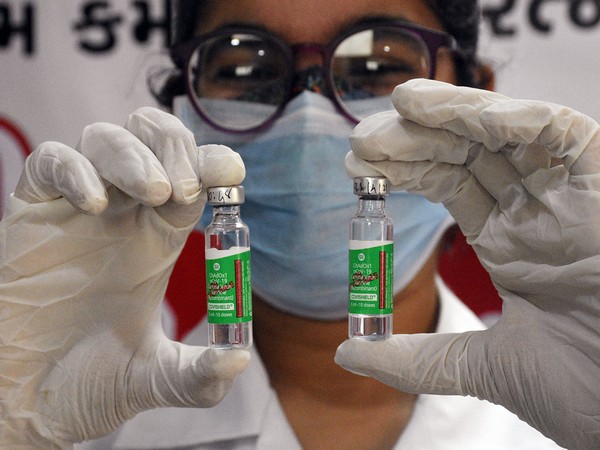
Gujarat, April 22 (ANI): A medic holds COVISHIELD vials as Surat Municipal corporation organizes COVID-19 vaccination, in Surat on Thursday. (ANI Photo)
New Delhi [India], June 16 (ANI): Chairman of India’s COVID-19 Working Group of the National Technical Advisory Group on Immunisation (NTAGI) Dr NK Arora on Wednesday stated that the decision to increase the gap between two Covishield doses from 4-6 weeks to 12-16 weeks is based on “fundamental scientific reasons”.
“In the last week of April, the data released by Public Health England, United Kingdom’s executive agency of the Department of Health, showed that vaccine efficacy varied between 65 – 88 per cent when the interval is 12 weeks. This was the basis on which they overcame their epidemic outbreak due to the Alpha variant. The UK was able to come out of it because the interval they kept was 12 weeks. We also thought that this is a good idea since there are fundamental scientific reasons to show that when the interval is increased, adenovector vaccines give a better response. Hence the decision was taken on May 13, to increase the interval to 12 – 16 weeks,” Arora said.
“We have a very open and transparent system where decisions are taken on a scientific basis. The COVID Working Group took that decision, with no dissenting voice. This issue was then discussed threadbare at an NTAGI meeting, again with no dissenting notes. The recommendation was that the vaccine interval has to be 12 – 16 weeks,” the NTAGI chairman said.
Dr Arora said that the earlier decision of four weeks was based upon the bridging trial data available then.
“Initial studies on COVISHIELD were very heterogeneous. Some countries like the UK went for a dose interval of 12 weeks when they introduced the vaccine, in December last year. While we were privy to this data, when we had to decide our interval, we went for four weeks interval based on our bridging trial data which showed a good immune response. Later we came across additional scientific and laboratory data, based on which after six weeks or so, we felt we should increase the interval from four weeks to eight weeks since studies showed that vaccine efficacy is about 57 per cent when it is four weeks and about 60 per cent when it is eight weeks,” Dr Arora said.
The NTAGI chairman also stated that Canada, Sri Lanka and few other countries are using 12 – 16 weeks interval for the AstraZeneca vaccine which is the same as the Covishield vaccine.
He also referred to a study by PGI Chandigarh which compared the effectiveness of partial and full immunisation. “A PGI Chandigarh study very clearly shows that vaccine effectiveness was 75 per cent for both partially immunized and fully immunized. So at least in the short run, effectiveness was similar whether you are partially or fully vaccinated. This was in relation to the Alpha variant which had swept Punjab, Northern India and came to Delhi. This also meant that even if you received only one dose, still you are protected.”
Results from the CMC Vellore study are similar, he said. “A few days back, another very important study by CMC Vellore, Tamil Nadu which covers most of the current epidemic wave India experienced in April and May shows that if somebody is partially immunized, vaccine effectiveness of Covishield is 61 per cent and with two doses, the effectiveness is 65 per cent – and there is very little difference, especially since there is some degree of uncertainty involved in these calculations.”
India started the world’s largest vaccination drive on January 16 this year in a phased manner with healthcare workers (HCWs) getting inoculated first. The vaccination of frontline workers (FLWs) started on February 2. The next phase of Covid-19 vaccination commenced from March 1 for those over 60 years of age and for people aged 45 and above with specified co-morbid conditions. India launched vaccination for all people aged more than 45 from April 1. Phase 3 of the vaccination drive was started on May 1 for the beneficiaries belonging to the age group 18-44. (ANI)

